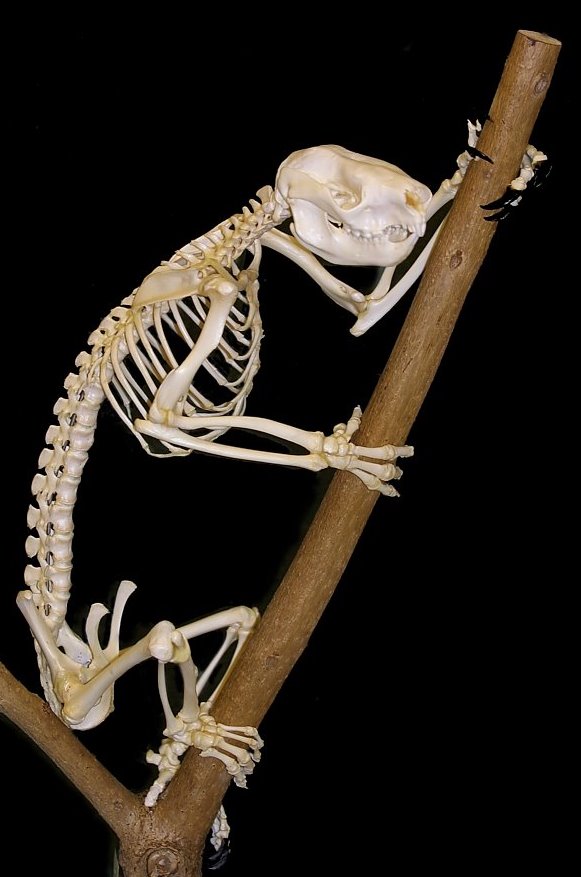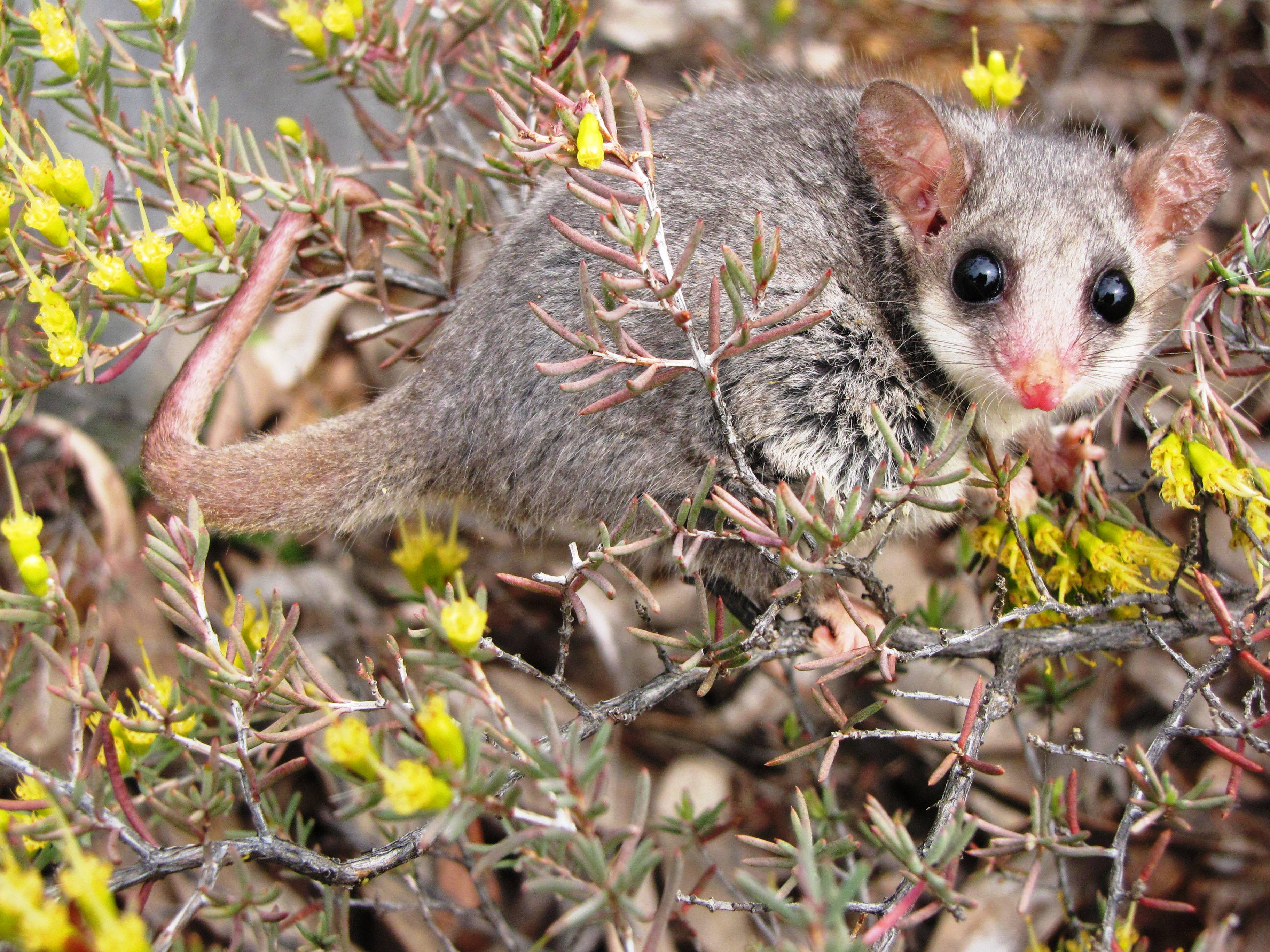|
Vombatiforms
The Vombatiformes are one of the three suborders of the large marsupial order Diprotodontia. Seven of the nine known families within this suborder are extinct; only the families Phascolarctidae, with the koala, and Vombatidae, with three extant species of wombat, survive. Among the extinct families are the Diprotodontidae, which includes the rhinoceros sized ''Diprotodon'', believed to be the largest marsupials ever, as well as the "marsupial lions" Thylacoleonidae and "marsupial tapirs" Palorchestidae. "Vombatiformes" is neo-Latin for "wombat-shaped things", and took its name from its type family. The suborder Vombatiformes, with its closely related members and their compact body form, contrasts with the other two diprotodont suborders, the Macropodiformes: kangaroos, wallabies, and the quokka; and the Phalangeriformes: possums, including the gliders such as the wrist-winged gliders. The koala and wombats are believed by many biologists to share a common ancestor and to have di ... [...More Info...] [...Related Items...] OR: [Wikipedia] [Google] [Baidu] |
Koala
The koala or, inaccurately, koala bear (''Phascolarctos cinereus''), is an arboreal herbivorous marsupial native to Australia. It is the only extant representative of the family Phascolarctidae and its closest living relatives are the wombats. The koala is found in coastal areas of the mainland's eastern and southern regions, inhabiting Queensland, New South Wales, Victoria, and South Australia. It is easily recognisable by its stout, tailless body and large head with round, fluffy ears and large, spoon-shaped nose. The koala has a body length of and weighs . Fur colour ranges from silver grey to chocolate brown. Koalas from the northern populations are typically smaller and lighter in colour than their counterparts further south. These populations possibly are separate subspecies, but this is disputed. Koalas typically inhabit open ''Eucalyptus'' woodland, as the leaves of these trees make up most of their diet. Because this eucalypt diet has limited nutritional an ... [...More Info...] [...Related Items...] OR: [Wikipedia] [Google] [Baidu] |
Phascolarctidae
The Phascolarctidae (''φάσκωλος (phaskolos)'' - pouch or bag, ''ἄρκτος (arktos)'' - bear, from the Greek ''phascolos'' + ''arctos'' meaning pouched bear) is a family of marsupials of the order Diprotodontia, consisting of only one extant species, the koala, and six well-known fossil species, with another five less well known fossil species, and two fossil species of the genus ''Koobor'', whose taxonomy is debatable but are placed in this group. The closest relatives of the Phascolarctidae are the wombats, which comprise the family Vombatidae. The fossil record of the family dates back to the Middle Miocene or Late Oligocene. Classification Family Phascolarctidae * Genus '' Nimiokoala'' **Riversleigh rainforest koala - ''Nimiokoala greystanesi'' * Genus ''Invictokoala'' **''Invictokoala monticola'' * Genus ''Madakoala'' **''Madakoala robustus'' **''Madakoala wellsi'' **''Madakoala devisi'' * Genus ''Litokoala'' **''Litokoala garyjohnstoni'' **''Litokoala kutjam ... [...More Info...] [...Related Items...] OR: [Wikipedia] [Google] [Baidu] |
Wombat
Wombats are short-legged, muscular quadrupedal marsupials that are native to Australia. They are about in length with small, stubby tails and weigh between . All three of the extant species are members of the family Vombatidae. They are adaptable and habitat tolerant, and are found in forested, mountainous, and heathland areas of southern and eastern Australia, including Tasmania, as well as an isolated patch of about in Epping Forest National Park in central Queensland. Etymology The name "wombat" comes from the now-nearly extinct Dharug language spoken by the aboriginal Dharug people, who originally inhabited the Sydney area. It was first recorded in January 1798, when John Price and James Wilson, a white man who had adopted aboriginal ways, visited the area of what is now Bargo, New South Wales. Price wrote: "We saw several sorts of dung of different animals, one of which Wilson called a "Whom-batt", which is an animal about 20 inches high, with short legs and a th ... [...More Info...] [...Related Items...] OR: [Wikipedia] [Google] [Baidu] |
Phascolarctos Cinereus
The koala or, inaccurately, koala bear (''Phascolarctos cinereus''), is an arboreal herbivorous marsupial native to Australia. It is the only extant representative of the family Phascolarctidae and its closest living relatives are the wombats. The koala is found in coastal areas of the mainland's eastern and southern regions, inhabiting Queensland, New South Wales, Victoria, and South Australia. It is easily recognisable by its stout, tailless body and large head with round, fluffy ears and large, spoon-shaped nose. The koala has a body length of and weighs . Fur colour ranges from silver grey to chocolate brown. Koalas from the northern populations are typically smaller and lighter in colour than their counterparts further south. These populations possibly are separate subspecies, but this is disputed. Koalas typically inhabit open ''Eucalyptus'' woodland, as the leaves of these trees make up most of their diet. Because this eucalypt diet has limited nutritional and calo ... [...More Info...] [...Related Items...] OR: [Wikipedia] [Google] [Baidu] |
American Natural History Museum
The American Museum of Natural History (abbreviated as AMNH) is a natural history museum on the Upper West Side of Manhattan in New York City. In Theodore Roosevelt Park, across the street from Central Park, the museum complex comprises 26 interconnected buildings housing 45 permanent exhibition halls, in addition to a planetarium and a library. The museum collections contain over 34 million specimens of plants, animals, fossils, minerals, rocks, meteorites, human remains, and human cultural artifacts, as well as specialized collections for frozen tissue and genomic and astrophysical data, of which only a small fraction can be displayed at any given time. The museum occupies more than . AMNH has a full-time scientific staff of 225, sponsors over 120 special field expeditions each year, and averages about five million visits annually. The AMNH is a private 501(c)(3) organization. Its mission statement is: "To discover, interpret, and disseminate—through scientific research and ... [...More Info...] [...Related Items...] OR: [Wikipedia] [Google] [Baidu] |
Lake Eyre
Lake Eyre ( ), officially known as Kati Thanda–Lake Eyre, is an endorheic lake in east-central Far North South Australia, some north of Adelaide. The shallow lake is the depocentre of the vast endorheic Lake Eyre basin, and contains the lowest natural point in Australia at approximately below sea level ( AHD), and on the rare occasions that it fills completely, is the largest lake in Australia covering an area up to . When the lake is full, it has the same salinity level as seawater, but becomes hypersaline as the lake dries up and the water evaporates. The lake was named in honour of Edward John Eyre, the first European to see it in 1840. The lake's official name was changed in December 2012 to combine the name "Lake Eyre" with the Aboriginal name, Kati Thanda. The native title over the lake and surrounding region is held by the Arabana people. Geography Kati Thanda–Lake Eyre is in the deserts of central Australia, in northern South Australia. The L ... [...More Info...] [...Related Items...] OR: [Wikipedia] [Google] [Baidu] |
Cenozoic
The Cenozoic ( ; ) is Earth's current geological era, representing the last 66million years of Earth's history. It is characterised by the dominance of mammals, birds and flowering plants, a cooling and drying climate, and the current configuration of continents. It is the latest of three geological eras since complex life evolved, preceded by the Mesozoic and Paleozoic. It started with the Cretaceous–Paleogene extinction event, when many species, including the non-avian dinosaurs, became extinct in an event attributed by most experts to the impact of a large asteroid or other celestial body, the Chicxulub impactor. The Cenozoic is also known as the Age of Mammals because the terrestrial animals that dominated both hemispheres were mammalsthe eutherians (placentals) in the northern hemisphere and the metatherians (marsupials, now mainly restricted to Australia) in the southern hemisphere. The extinction of many groups allowed mammals and birds to greatly diversify so tha ... [...More Info...] [...Related Items...] OR: [Wikipedia] [Google] [Baidu] |
New York City
New York, often called New York City or NYC, is the most populous city in the United States. With a 2020 population of 8,804,190 distributed over , New York City is also the most densely populated major city in the United States, and is more than twice as populous as second-place Los Angeles. New York City lies at the southern tip of New York State, and constitutes the geographical and demographic center of both the Northeast megalopolis and the New York metropolitan area, the largest metropolitan area in the world by urban landmass. With over 20.1 million people in its metropolitan statistical area and 23.5 million in its combined statistical area as of 2020, New York is one of the world's most populous megacities, and over 58 million people live within of the city. New York City is a global cultural, financial, entertainment, and media center with a significant influence on commerce, health care and life sciences, research, technology, educa ... [...More Info...] [...Related Items...] OR: [Wikipedia] [Google] [Baidu] |
Phalangeriformes
Phalangeriformes is a paraphyletic suborder of about 70 species of small to medium-sized arboreal marsupials native to Australia, New Guinea, and Sulawesi. The species are commonly known as possums, gliders, and cuscus. The common name "possum" for various Phalangeriformes species derives from the creatures' resemblance to the opossums of the Americas (the term comes from Powhatan language ''aposoum'' "white animal", from Proto-Algonquian *''wa·p-aʔɬemwa'' "white dog"). However, although opossums are also marsupials, Australasian possums are more closely related to other Australasian marsupials such as kangaroos. Phalangeriformes are quadrupedal diprotodont marsupials with long tails. The smallest species, indeed the smallest diprotodont marsupial, is the Tasmanian pygmy possum, with an adult head-body length of and a weight of . The largest are the two species of bear cuscus, which may exceed . Phalangeriformes species are typically nocturnal and at least partia ... [...More Info...] [...Related Items...] OR: [Wikipedia] [Google] [Baidu] |
Quokka
The quokka (''Setonix brachyurus'', ) is a small macropod about the size of a domestic cat. It is the only member of the genus ''Setonix''. Like other marsupials in the macropod family (such as kangaroos and wallabies), the quokka is herbivorous and mainly nocturnal. Quokkas are found on some smaller islands off the coast of Western Australia, particularly Rottnest Island just off Perth and Bald Island near Albany. Isolated, scattered populations also exist in forest and coastal heath between Perth and Albany. A small colony inhabits a protected area of Two Peoples Bay Nature Reserve, where they co-exist with the critically endangered Gilbert's potoroo. Description A quokka weighs and is long with a tail, which is quite short for a macropod. It has a stocky build, well developed hind legs, rounded ears, and a short, broad head. Its musculoskeletal system was originally adapted for terrestrial bipedal saltation, but over its evolution, its system has been built for ar ... [...More Info...] [...Related Items...] OR: [Wikipedia] [Google] [Baidu] |
Wallaby
A wallaby () is a small or middle-sized macropod native to Australia and New Guinea, with introduced populations in New Zealand, Hawaii, the United Kingdom and other countries. They belong to the same taxonomic family as kangaroos and sometimes the same genus, but kangaroos are specifically categorised into the four largest species of the family. The term "wallaby" is an informal designation generally used for any macropod that is smaller than a kangaroo or a wallaroo that has not been designated otherwise. There are nine species (eight extant and one extinct) of the brush wallaby (genus ''Notamacropus''). Their head and body length is and the tail is long. The 19 known species of rock-wallabies (genus ''Petrogale'') live among rocks, usually near water; two species in this genus are endangered. The two living species of hare-wallabies (genus ''Lagorchestes''; two other species in this genus are extinct) are small animals that have the movements and some of the habits ... [...More Info...] [...Related Items...] OR: [Wikipedia] [Google] [Baidu] |








